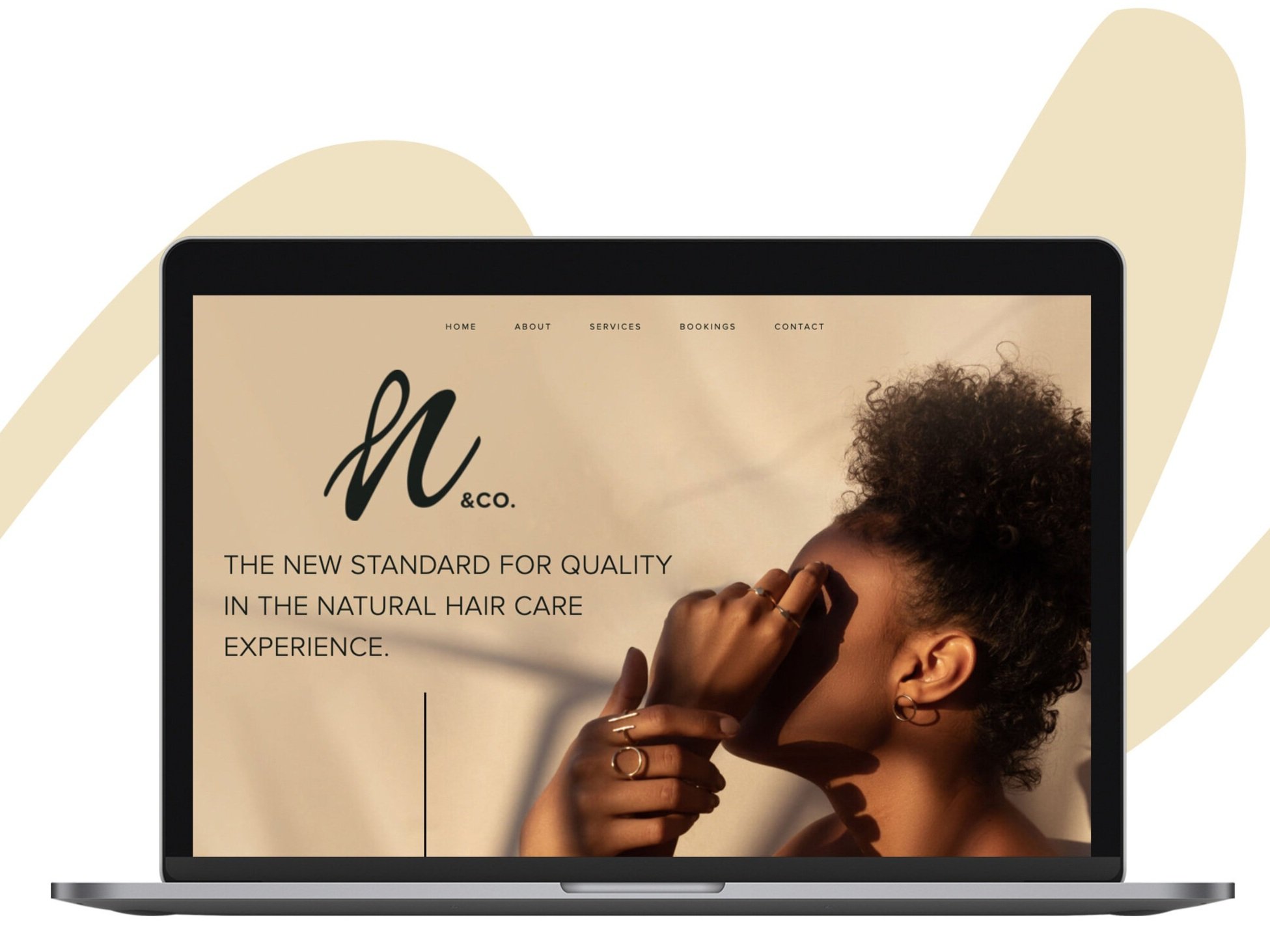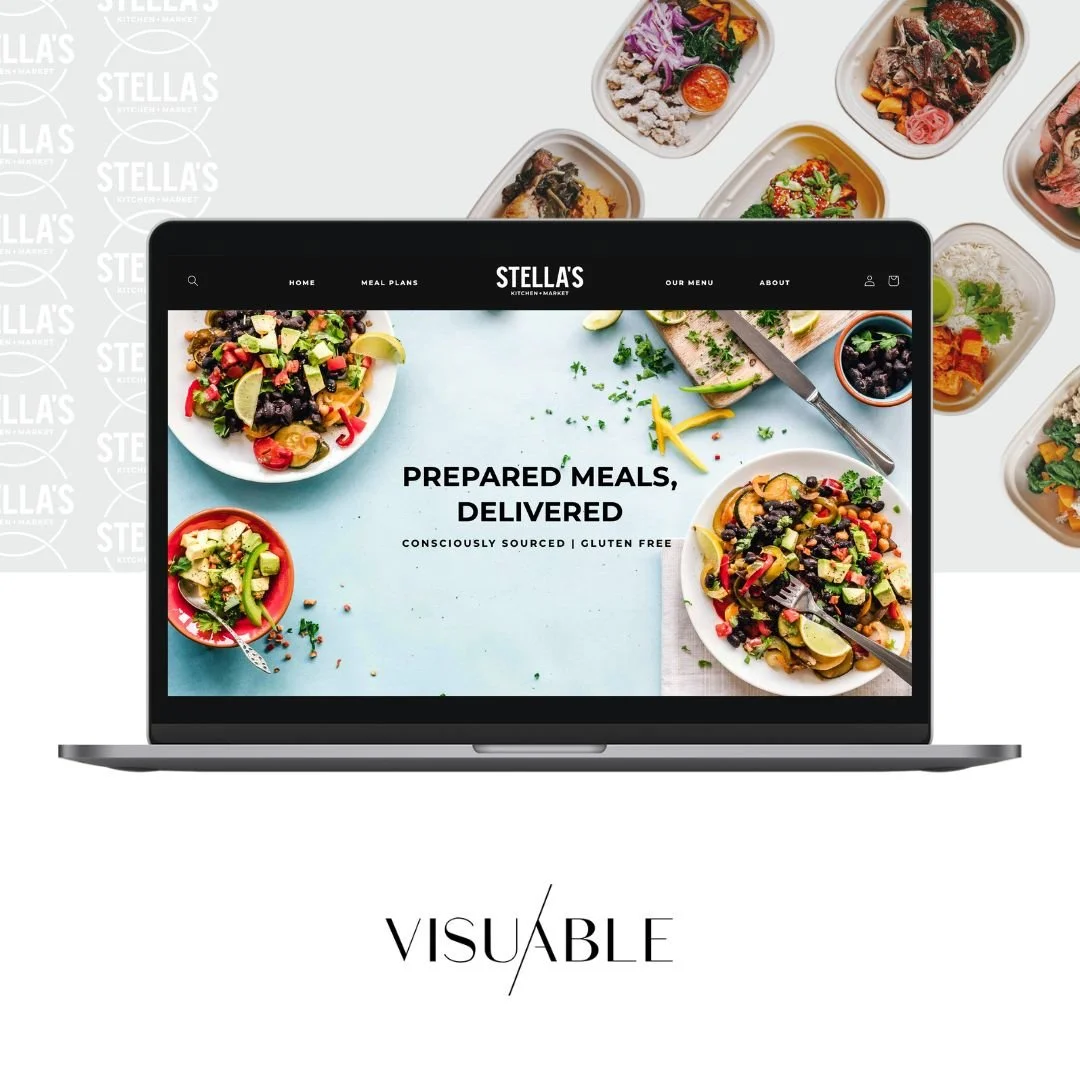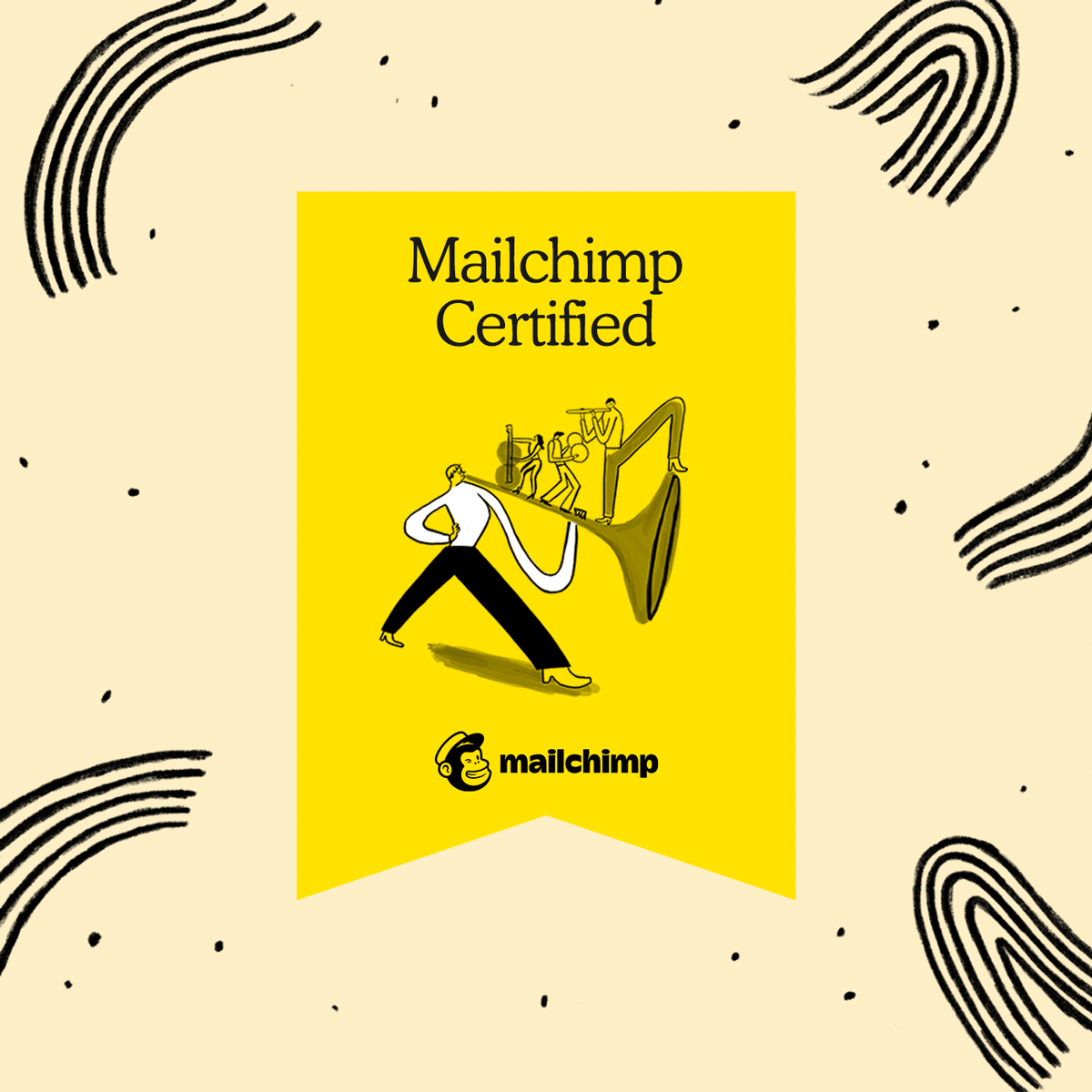Coaching Personal Branding: Build a Brand That Gets Clients
If you are a coach who wants to grow your business and attract aligned clients, then focusing on your coaching personal branding is one of the most powerful things you can do. Your personal brand is not just about your visuals. It is about your voice, your values, and the experience you create for the people you work with. It is how people get to know you, trust you, and choose you.
In this blog post, we’ll walk you through how to build a powerful, authentic, and strategic personal brand that doesn’t just look good; it works.
Whether you’re just starting out or refreshing your presence, you’ll find practical steps and inspiration tailored just for you.
Personal Branding for a Coach
Personal branding is one of the most powerful tools a coach can use to create meaningful connections, build authority, and inspire action. It is how your identity shows up across every part of your business. From your website and social channels to how you speak, write, and work with clients.
Unlike a business brand that can operate independently, your personal brand is built around you. It helps people feel like they already know you before they ever get in touch. That sense of familiarity builds trust, and trust is the foundation of any successful coaching relationship.
A clear personal brand shows people:
Who you help
How you help
Why your approach is unique
What it feels like to work with you
But it does more than that. It also gives you confidence and clarity. When you know what your brand stands for, it becomes easier to make decisions, create content, and speak directly to the clients you want to attract.
Whether someone finds you through a Google search or lands on your Instagram profile, your personal brand shapes their first impression. When that impression is clear, consistent, and aligned with what you offer, you turn curiosity into connection.
Personal Brand vs. Business Brand for Coaches: What's the Difference?
A business brand can exist without you. A personal brand is built on you. Most coaching clients are drawn to the human behind the offer. They want to feel a connection.
That’s why your personal brand should feel like an invitation. It says, “Here’s who I am. Here’s how I help. Let’s grow together.”
Common Personal Branding Mistakes and Challenges Coaches Face
Even brilliant, experienced coaches can feel lost when it comes to personal branding. It is not because they lack expertise, it is because branding is an entirely different skill set. The good news is that once you understand where the common pitfalls are, you can start to build a brand that feels aligned, intentional, and effective.
Here are the most common mistakes and challenges we see coaches face and how to overcome them.
1. Lack of a Clear Niche
Many coaches start out wanting to help everyone. While that comes from a good place, it often leads to vague messaging that does not speak directly to anyone. When you try to reach everyone, you dilute your impact.
A clear niche allows you to tailor your voice, your services, and your brand to the people who need you most. It gives your content purpose and helps your ideal clients feel like you understand exactly what they are going through.
2. Branding without a core message
Your brand message is the foundation of everything; without it, even the most beautiful brand will feel unclear and forgettable.
Take time to define your core message in one or two clear sentences. Think of it as your brand anchor, the one thing you want your audience to remember.
3. Performing instead of being real
It can be tempting to present a polished version of yourself that looks the part. But in coaching, trust is everything, and real connection comes from honesty, not performance.
Be willing to show up as you are. Share your experiences, your point of view, and your process. You do not need to be perfect to be powerful, you just need to be authentic.
4. Inconsistent Online Presence
Your brand needs to feel cohesive across every platform, from your website and social media profiles to your email signature and client materials. If your Instagram looks inspiring but your website feels outdated, or your messaging changes depending on where someone finds you, it creates confusion.
Consistency builds recognition. It also builds trust. When everything about your personal brand feels aligned, potential clients feel more confident in working with you. They know what to expect and what you stand for.
A good place to start is by reviewing your online presence and asking yourself, “Does this feel like me?” If the answer is no, it is time for a refresh.
5. No Visual Identity
Your visual branding, including colours, typography, imagery, and layout, tells a story before you say a word. Without it, your brand can feel disjointed or hard to recognise.
A strong visual identity does not mean using trendy templates. It means designing something that feels like you and aligns with the experience you want to create for your clients.
When your visuals are clear, consistent, and professional, they support your message and help people remember you.
6. Prioritising looks over impact
Yes, visuals matter; but they should support your message, not replace it. A polished brand with no depth will look good but leave people feeling uncertain about what you offer.
Start with strategy. Get clear on your voice, your audience, and your values before choosing colours or designing your website. Design should express your message, not distract from it.
7. No Brand Strategy
A brand without a strategy is like a journey without a map. You may have the skills, the passion, and the vision, but without a clear direction, you are more likely to get stuck or drift off course.
A brand strategy gives you focus. It guides your visual identity, your voice, your content, and even your offers. It helps you make decisions faster, market with intention, and stay aligned with your goals.
8. Not Marketing the Brand Strategically
You can have the most meaningful brand in the world, but if no one sees it, it will not grow your business. Visibility is part of the process. And it is not just about being active, it is about being strategic. This means choosing the right platforms, sharing content that educates and inspires, and using SEO to help the right people find you. It also means being consistent, even when you do not feel “ready.” Marketing your brand should feel like a conversation, not a performance. When your brand is rooted in clarity, showing up gets easier and more effective.
9. Treating branding as a one-time task
Branding is not something you do once and forget. Your brand will evolve as you evolve, and that is a good thing. What matters is that you revisit it intentionally.
Check in with your brand regularly. Ask:
Does this still reflect who I am and what I do?
Am I excited to share this with the world?
Is my audience engaging with my message?
Think of your brand as a living part of your business. It grows when you do, and when nurtured with care, it becomes one of your most valuable assets.
10. Letting others define your voice
It is natural to look to others for inspiration, but your voice is what sets you apart. When you try to sound like someone else, you lose the connection to your own brand identity.
Write the way you speak. Use language that feels natural to you. If something does not feel aligned, whether it is a phrase, a tagline, or a tone, trust yourself to change it.
11. Copying Other Coaches
When you are unsure about your brand, it is tempting to look around and take inspiration from what others are doing. And that is perfectly okay, exploring your industry and learning from others can be a helpful part of the process.
But there is a difference between seeking inspiration and copying someone else’s style, message, or voice. When your brand starts to reflect someone else's values instead of your own, it creates a disconnect, both for you and for your audience.
Lean into what makes you different. Because your difference is your strength, and your personal brand should celebrate that.
12. Not Marketing the Brand Strategically
You can have the most meaningful brand in the world, but if no one sees it, it will not grow your business. Visibility is part of the process. And it is not just about being active, it is about being strategic.
This means choosing the right platforms, sharing content that educates and inspires, and using SEO to help the right people find you. It also means being consistent, even when you do not feel “ready.”
Marketing your brand should feel like a conversation, not a performance. When your brand is rooted in clarity, showing up gets easier and more effective.
How to Build a Personal Brand as a Coach:
So far, we’ve talked about why building your personal brand matters, what can help you stand out, and the common mistakes and challenges to avoid. But how do you actually start from scratch?
Step 1 – Select Your Niche
This is where your brand truly begins. Without a clear niche, your message can become vague, your audience unfocused, and your brand difficult to grow.
Your niche is the specific group of people you support. Your ideal client is the individual within that group who would benefit most from your coaching. When you understand both, you can create messaging that speaks directly to the people you want to serve, and those people will feel like you get them instantly.
A quick note: Many coaches struggle here. Some choose a niche that looks good on paper but does not truly align with their skills or passions. Others pick a niche that inspires them but has very little demand, which makes it hard to build a sustainable business.
To find the balance, your niche should be both personally aligned and market relevant.
Ask yourself:
What transformation do I help my clients achieve?
Who benefits most from my coaching style?
What challenges are they facing right now?
Am I excited and energised to work with this kind of person?
Then, confirm if your niche as potential:
Look beyond your own assumptions. Dive into online communities, explore search trends, and pay attention to the conversations happening in real time.
Search forums like Quora and Reddit to see what questions people are asking
Browse Instagram, Facebook groups, and LinkedIn for trending topics in your niche
Explore blog content and YouTube to see how others are engaging with this audience
Use keyword research tools to see if people are searching for support in this space
If people are actively looking for support, asking for guidance, or following similar coaches, that is a strong sign your niche has potential. And when you combine that with your passion and expertise, you are on your way to building a brand that stands out and supports your business growth.
Step 2 – Craft Your Personal Brand Story
Your story is what helps people connect with you beyond your services. It brings humanity and relatability to your brand.
You do not need to share your entire life journey. Focus on the moments that shaped your perspective, your purpose, and your passion for coaching.
A strong brand story shows clients that you understand where they are because you have walked your own path to get here.
Step 3 – Create Your Signature Message and Value Proposition
This is where your clarity turns into communication.
Your signature message is a short, powerful statement that captures what you do, who you do it for, and why it matters. It helps people understand the essence of your offer right away.
Your value proposition explains what makes your approach unique and why someone should choose you over another coach.
Step 4 – Design a Consistent Visual Identity
Your visual identity includes your colours, typography, imagery, and layout. Together, these elements create a first impression before you say a word.
The goal is to design a look and feel that reflects who you are and how you work.
Whether your brand feels calm and nurturing, bold and dynamic, or elegant and minimal, it should align with the energy you bring to your coaching experience.
Step 5 – Build a Coaching Website That Converts
Your website is your digital home. It is often the first place people go to learn more about you.
A great coaching website is clear, inviting, and built with purpose. It should:
Introduce who you are and who you help
Explain your services and how to work with you
Include testimonials or case studies
Invite visitors to take the next step
You do not need dozens of pages. Start with a clear homepage, about page, services page, and a way for clients to get in touch or book a call.
Step 6 – Leverage Social Media and Content Marketing
Social media gives you a platform to connect, educate, and inspire, but it only works when you show up with intention.
Content marketing is not about posting for the sake of being visible. It is about sharing content that adds real value, reflects your voice, and builds trust over time.
Here are a few ways to bring your brand to life through content:
Share stories and lessons from your journey
Offer practical tips and simple frameworks
Showcase results and feedback from your clients
Answer common questions your audience is already asking
Choose platforms that feel natural to you and that your ideal clients are already using. You do not need to be everywhere, just be consistent in the right places.
Remember, this step is ongoing. It is not something you do once and tick off the list. Building visibility takes time. It can feel slow at first and sometimes even frustrating, especially when you are not seeing results right away.
But every post, every story, every blog post adds up. If you keep showing up with care, clarity, and purpose, your content will start to do the work for you, building trust, nurturing connections, and attracting the right people into your world.
Step 7 – Optimise with SEO and Track Results
Your brand deserves to be found. Search engine optimisation helps the right people discover your work online.
Use keywords that your ideal clients are searching for, and include them naturally on your website, blog, and social profiles.
Make sure your website is easy to navigate and loads quickly on all devices. Use tools like Google Analytics to track which pages are performing best and where visitors are coming from.
When your SEO is working, your content keeps working for you long after you post it.
Step 8 – Create partnerships
You do not have to build your brand alone. Collaborating with others in your space is a powerful way to grow your visibility and build trust.
This could include guest speaking, podcast interviews, co-hosted workshops, or even shoutouts from peers in your community.
Choose partnerships that align with your values and speak to a similar audience.
Step 9 – Above all, be unique
Your most powerful brand asset is already within you, it is your uniqueness.
What sets you apart is not just your method but your story, your presence, and the way you make people feel. The more you embrace what makes you different, the more magnetic your brand becomes.
From Brand Clarity to Client Loyalty: The Psychology Behind Coaching Brands
People do not just remember what you said or how your website looked. They remember how your brand made them feel.
This emotional connection is what separates a brand that is seen from one that is remembered. And in coaching, where transformation is personal and trust is essential, that connection becomes your most valuable currency.
Let’s explore how psychology shapes the way your brand is perceived, and how you can use that knowledge to create a brand that inspires loyalty.
Emotions drive decisions
Coaching is a personal investment. People do not make that choice based on logic alone, they choose based on how they feel about you.
This is where emotion-based branding comes in. The most impactful brands tap into deeper feelings, things like safety, empowerment, hope, and self-belief. Your brand should reflect the kind of experience someone can expect when they work with you.
Storytelling creates connection
Humans are wired for stories. We remember them. We relate to them. They help us make sense of our own lives.
Sharing your story, or your clients' success stories adds depth and relatability to your brand. It shows that you have walked the path and that your coaching is grounded in real results.
Design influences emotion
Colour psychology and visual tone play a subtle but powerful role in how people perceive your brand. Warm tones might feel nurturing and approachable. Cooler tones can feel calm, focused, or even clinical depending on how they are used.
Your fonts, images, and layout also send emotional signals. Clean, minimal layouts feel structured and calm. Bold typography and vibrant imagery can create energy and motivation.
Your brand is not just what you do, it is how you make people feel while you do it.
When you build your coaching brand with emotional intelligence and intention, you move beyond marketing. You create belonging. You create clarity. And that leads to deeper client loyalty, stronger referrals, and a business that feels meaningful to build.
Tools and Services to Help You Build a Coaching Brand
Now that all the pieces are in place, you understand the core concepts, you know what works and what to avoid, it is time to roll up your sleeves and start building.
The good news? You do not have to do it alone. There are incredible tools, services, and experts ready to support you in bringing your brand to life with clarity, consistency, and confidence.
Whether you are just starting out or refining what you already have, here are some trusted resources to guide you on your journey.
Top Personal Branding Coaches and Consultants to Follow for Inspiration
These coaches and consultants are known for helping others stand out through strategic storytelling, clear messaging, and personal brand development. If you are seeking inspiration, guidance, or collaboration, they are a great place to start.
Jadah Sellner – Known for her heart-led marketing and coaching for creatives
Chris Do – Founder of The Futur, focused on brand clarity and business design
Jessica Zweig – CEO of SimplyBe Agency and author of Be: A No-Bullsht Guide to Increasing Your Self Worth and Net Worth*
Kaye Putnam – Brand strategist helping entrepreneurs identify their brand archetype
Amber Hurdle – Blends personal branding with leadership and team building
Branding Services, Coaches, and Agencies to Consider
If DIY branding feels overwhelming or you are ready for professional support, these services can help you fast-track your success with expert insight.
The Brand Stylist – Known for brand strategy books, courses and workshops.
Marty Neumeier – author of numerous books on strategic brand positioning.
Visuable (that’s us!) – We specialise in creating visually striking, strategically aligned Squarespace websites paired with brand identity, copy, and SEO. Our mission is to help coaches and consultants build brands that feel as good as they look.
Free and Paid Tools
There are many tools available to help you manage your brand, from content planning to visual design and performance tracking. Here are a few we often recommend:
Design and Visual Tools
Canva – User-friendly design platform perfect for creating on-brand graphics, social posts, presentations, and lead magnets
Coolors – Create and explore colour palettes that align with your brand personality
Unsplash & Pexels – Free high-quality photography to enhance your website or content
SEO and Content Discovery
Google Trends – Explore what people are searching for to inspire timely content
AnswerThePublic – Discover common questions your audience is asking in real time
Ubersuggest – Affordable keyword research and SEO tracking tool
Yoast SEO (for WordPress users) – A plugin to guide your on-page optimisation
Writing and Planning
Notion or Evernote – Great for capturing brand ideas, content calendars, and client notes in one place
Grammarly – Keeps your writing clear and polished across all platforms
Hemingway App – Helps simplify your writing so it’s easy to read and engaging
Social Media Management
Later or Planoly – Visual content planners that help you schedule posts across Instagram, Facebook, LinkedIn, and Pinterest
Metricool – Track your social media performance, plan content, and monitor growth
Tip: Choose tools that match your working style. If something feels too complex or clunky, it is okay to find a simpler option. Tools should make your brand easier to manage, not more stressful.
You do not need to figure it all out on your own. Building a personal brand as a coach takes time, but the right tools and support make the process smoother, more enjoyable, and far more impactful.
Visuable Examples of Personal Branding for Coaches
1. Tealinn
A sleek, modern website representing executive and personal development coaching. Tealinn positions its founder as a thought leader, emphasising professional advancement, personal branding, and career growth. It’s ideal for those wanting to craft a premium, authoritative coaching brand.
2. Caroline Adams Coaching
This coaching site blends career development, financial mindset, and leadership growth. Caroline Adams’ website is visually engaging with custom illustrations, conveying a clear, cohesive brand personality. It's perfect inspiration for coaches aiming to express their unique identity visually.
3. Fazna.Coach
An empowering, nurturing platform emphasising life and creative coaching. Fazna targets clients interested in personal growth, emotional clarity, and creative empowerment, using gentle language and an inspiring aesthetic. It's ideal for holistic or emotionally-focused coaching brands.
4. Inner Mileage Coaching
A reflective and transformational coaching brand, blending leadership with mindfulness practices. The site promotes introspection, purpose-driven coaching, and personalised growth experiences. Inner Mileage serves as a strong example for those who want to build introspective, growth-focused brands.
5. Velveteen Alchemy
This vibrant, spiritual website merges holistic yoga coaching with feminist psychology. Velveteen Alchemy resonates deeply with niche, values-driven audiences through a bold, empowering, and uniquely personal brand identity. Ideal inspiration for brands seeking connection with distinct, values-based communities.
Final Thoughts: Build a Coaching Brand That’s Truly You
Your brand is not a logo. It is not a colour palette. It is not a catchy tagline.
Your brand is how people experience you, how they feel when they read your words, land on your website, or step into a coaching call with you. It is the sum of every touchpoint, every moment of connection, and every promise you keep.
And the most powerful coaching brands are not built by following a formula. They are built by showing up with clarity, care, and confidence.
You do not need to look like anyone else. In fact, that is the whole point, your difference is your strength.
At Visuable, we believe your brand should feel like home, for you and for your clients. We are here to support you with the strategy, visuals, and tools to make that happen in a way that feels unmistakably you.
Ready to Build a Coaching Brand That Truly Reflects You?
At Visuable, we specialise in helping coaches create powerful personal brands—from brand strategy and visual identity to high-converting Squarespace websites and SEO.
Whether you're just starting or rebranding, we’re here to bring your vision to life.




































































